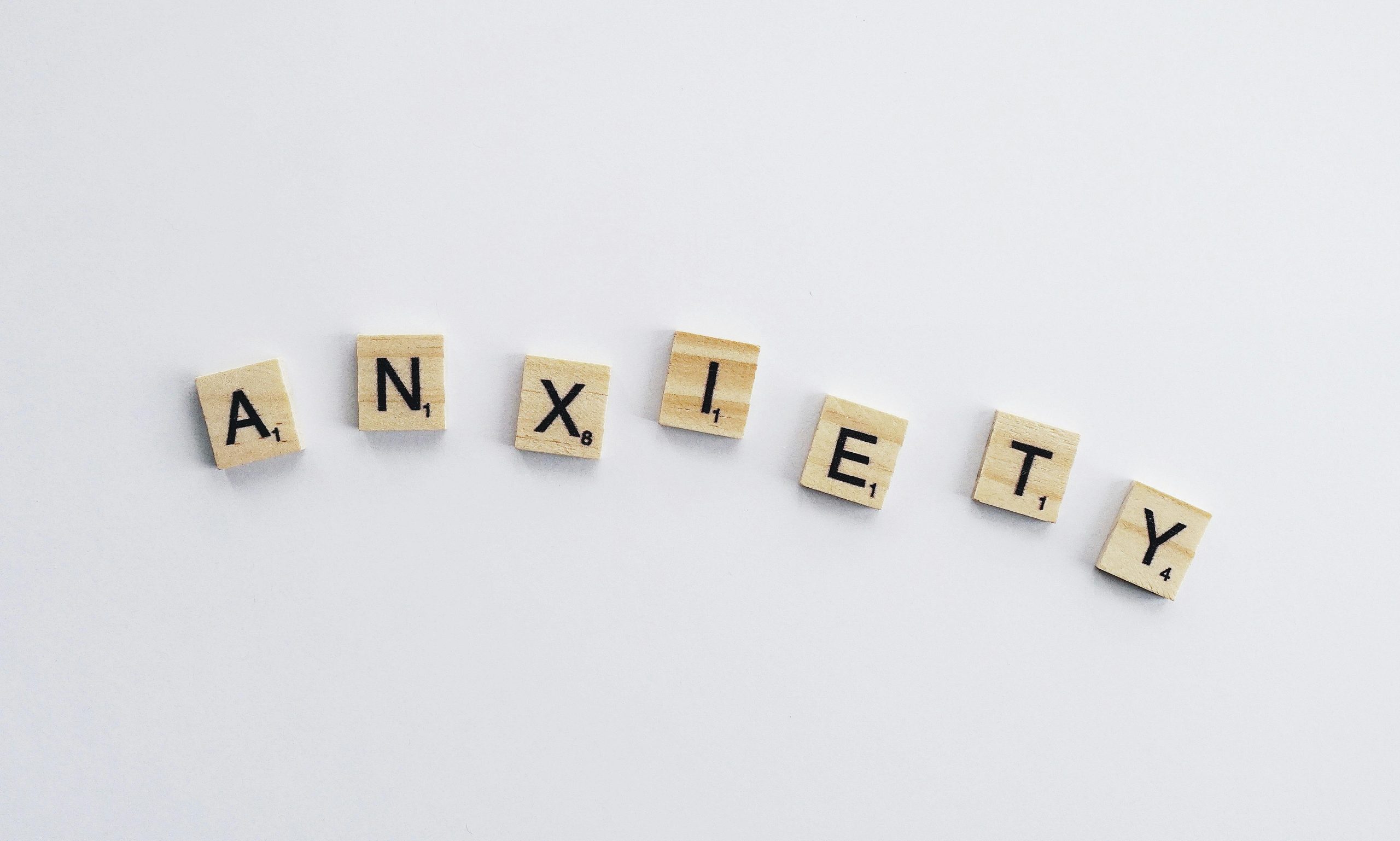Anxiety often builds quietly, making it hard to recognise warning signs early. This checklist breaks down 93 clear steps to identify symptoms and triggers, helping you assess your experience precisely. With straightforward guidance, it supports meaningful conversations with healthcare providers and empowers you to take practical action toward regaining control over anxiety.
Understanding Anxiety Symptoms and Triggers
This site anxietychecklist.com offers vital insights into recognizing anxiety signs. The GAD-7 is a widely used screening tool, primarily assessing generalized anxiety disorder but also effective for panic, social anxiety, and PTSD. It evaluates symptoms over the past two weeks, including free anxiety tests found on various platforms.
Topic to read : Unlock your beauty potential with genetic skincare
Common physical signs such as rapid heartbeat, sweating, trembling, shortness of breath, and dizziness are hallmark indicators. Emotional signals encompass excessive worry, irritability, and difficulty concentrating. Recognizing childhood and adolescent anxiety signs helps identify early development.
The anxiety symptoms identification category highlights key physical and emotional markers. For example, the GAD-7 questionnaire includes questions about feeling nervous, trouble relaxing, or irritability, which are common in daily experiences. These assessments, including printable anxiety monitoring tools and brief questionnaires, support timely detection.
In the same genre : Boosting Memory in Seniors: Effective Strategies for Enhancing Retention Skills
Understanding triggers, alongside daily management strategies, can decrease anxiety severity. The site emphasizes tools like the anxiety symptom diary and grounding techniques. For those seeking structured assessment, free tests like the GAD-7 PDF or the Beck Anxiety Inventory are available, yet always consult a healthcare professional for accurate diagnosis.
Practical Tools for Anxiety Self-Assessment and Monitoring
Using Anxiety Checklists Effectively
A self-help checklist for nervousness enables quick identification of anxiety symptom patterns and early signs of anxiety disorders. By recording physical signs of anxiety—like trembling, rapid heartbeat, or dizziness—alongside emotional indicators of stress such as constant worry or irritability, the checklist for anxiety attacks turns vague feelings into concrete data. Printable anxiety monitoring tools, such as the well-known GAD-7 questionnaire, use a daily anxiety tracking method where you score how often you experience symptoms, helping clarify anxiety severity scale positions over several days or weeks.
Developing an Anxiety Symptom Diary
An anxiety symptom diary deepens self-awareness. Documenting anxiety symptoms in teenagers or adults—ranging from sleep issues to difficulties with concentration—can highlight key anxiety condition markers. To personalize the process, anxiety journal prompts or a checklist for anxious thoughts support reflection on triggers and coping strategies. These printable anxiety monitoring tools can be especially helpful for routine mental health checkups or supporting an effective anxiety management plan.
Implementing Routine Anxiety Monitoring
Regular anxiety self-monitoring tips foster better recognition of recurring stressors, supporting daily anxiety coping checklists. When integrated as part of a holistic anxiety care plan, this adds structure: monitoring symptom changes, noting responses to calming techniques for anxiety, and reviewing the comprehensive anxiety symptom list to guide future steps. Using a printable anxiety monitoring tool increases accountability and helps evaluate progress over time.
Managing Anxiety Through Strategies and Interventions
Applying targeted anxiety self-care strategies is a practical way to handle daily anxiety symptoms identification and foster emotional stability. Precision and recall, based on the SQuAD approach, help identify anxiety by focusing first on the most shared and unique signs: if you notice your heart racing, persistent worrying, or a pattern of physical signs of anxiety like trembling or sweating, these merit immediate consideration. Enhancing self-awareness with a comprehensive anxiety symptom list or personalized anxiety care checklist helps clarify the difference between general nervousness and patterns requiring professional intervention.
Calming Techniques and Breathing Exercises
Mindful breathing, as featured in many relaxation exercises checklist resources, is vital for both calming techniques for anxiety and grounding techniques for anxiety. Focusing on slow, deep breaths can break the escalation of anxiety and link physical signs of anxiety with emotional indicators of stress, creating an instant step toward symptom reduction.
Steps to Reduce Anxiety Symptoms
Daily anxiety tracking methods, such as keeping an anxiety symptom diary or using printable anxiety monitoring tools, structure effective anxiety management for children and adults. Consistent tracking highlights recurring anxiety symptom patterns and enables early anxiety symptom relief techniques. Those experiencing anxiety-related sleep disturbances or anxiety-related fatigue signs benefit from maintaining a stress reduction checklist, which supports gradual lifestyle adjustments.
Overcoming Anxiety Triggers and Avoidance
Adjusting exposure to known anxiety triggers recognition—whether in academic settings, social situations, or work—supports a holistic anxiety care plan. Effective strategies involve practicing mindfulness for anxiety and developing a daily anxiety coping checklist to counter avoidance behaviors, reinforcing long-term anxiety symptom management strategies.
Special Focus: Recognition and Support in Different Contexts
Key indicators of anxiety in children and teenagers often include frequent nervousness, irritability, and trouble concentrating on schoolwork or daily activities. Using an anxiety symptoms identification checklist enables educators and parents to pinpoint early signs, such as restlessness or changes in academic performance. Emotional indicators of stress—like social withdrawal or heightened sensitivity to criticism—require careful tracking with an anxiety symptom diary or a daily anxiety tracking method.
Physical signs of anxiety, such as headaches, stomachaches, and fatigue, may be less obvious but can be tracked using printable anxiety monitoring tools. Recognizing childhood anxiety signs through a comprehensive anxiety symptom list or a child anxiety behavior checklist equips caregivers to respond with targeted support.
For educators seeking anxiety assessment for students, practical strategies involve implementing anxiety evaluation for educators and consistent anxiety self-monitoring tips in classroom settings. Tools like an anxiety checklist PDF resource or a guided anxiety checklist for parents support collaborative efforts between home and school.
Managing anxiety daily in academic settings benefits from regular check-ins, an anxiety prevention in schools plan, and routine monitoring mental wellness among students. Effective anxiety management for children centers on a holistic anxiety care plan and essential steps for anxiety relief, designed to address both emotional and physical needs in a supportive, structured manner.




